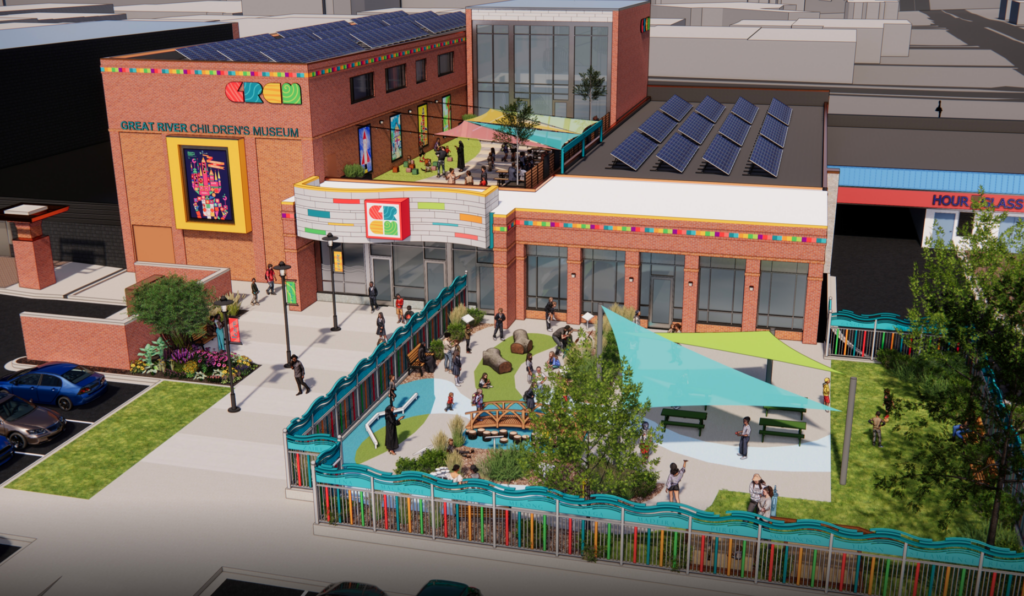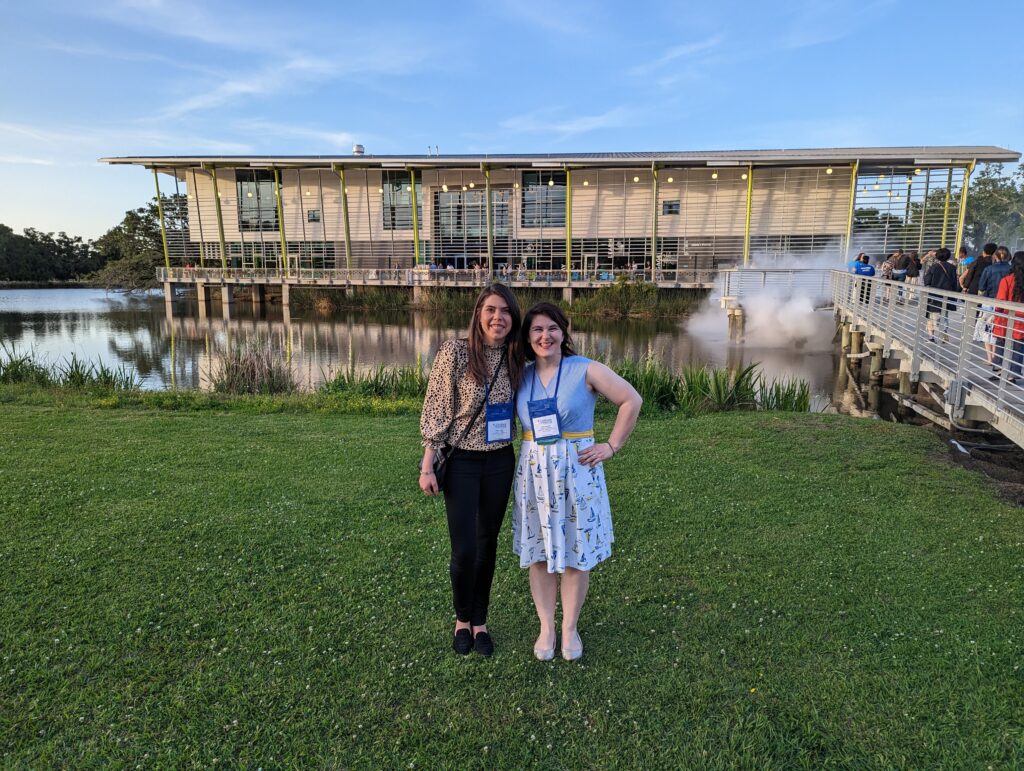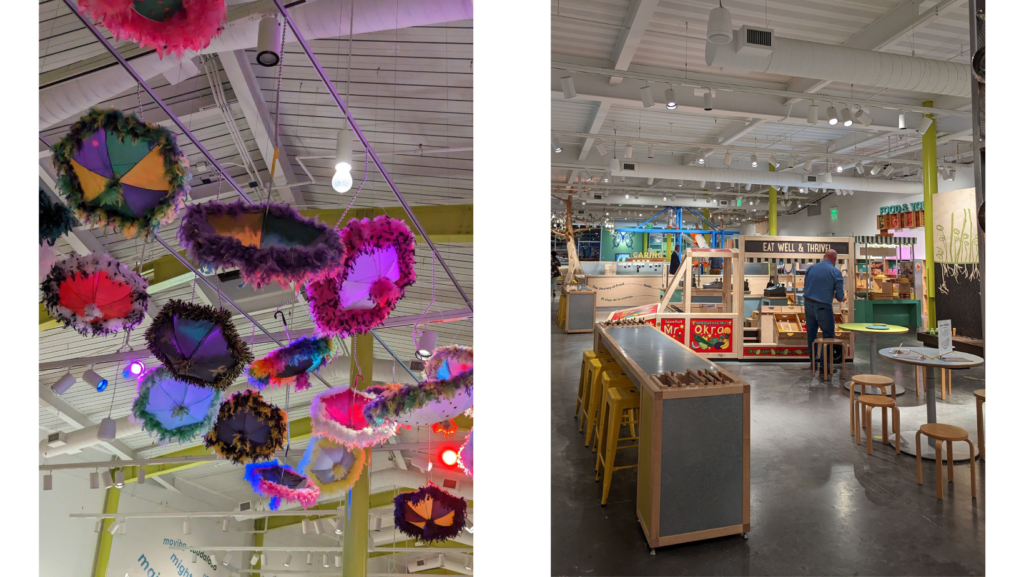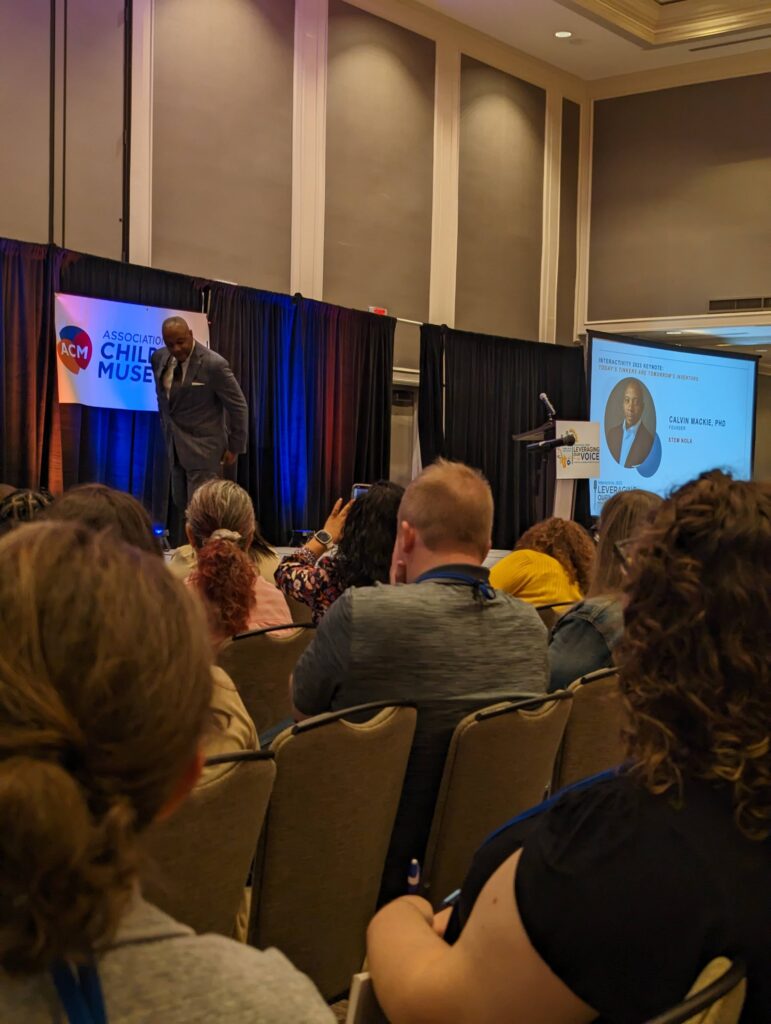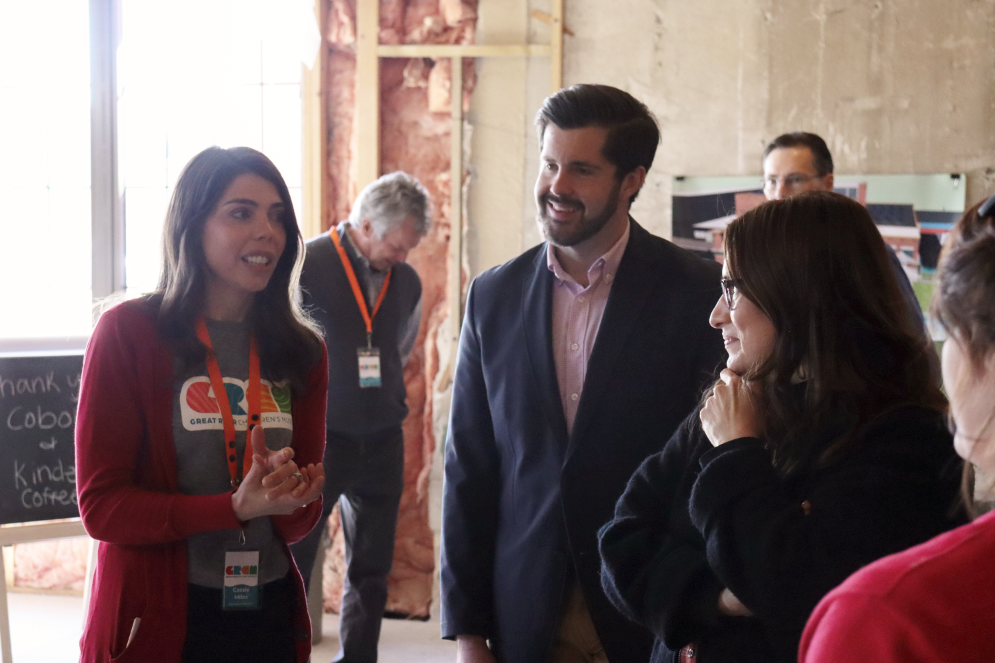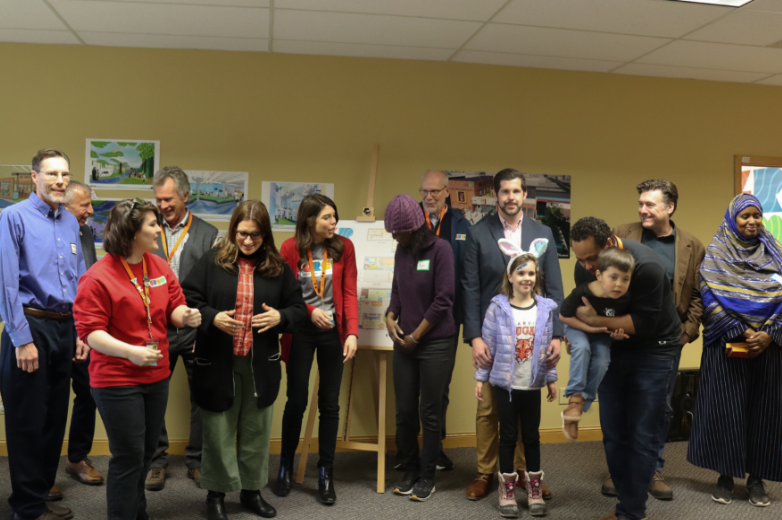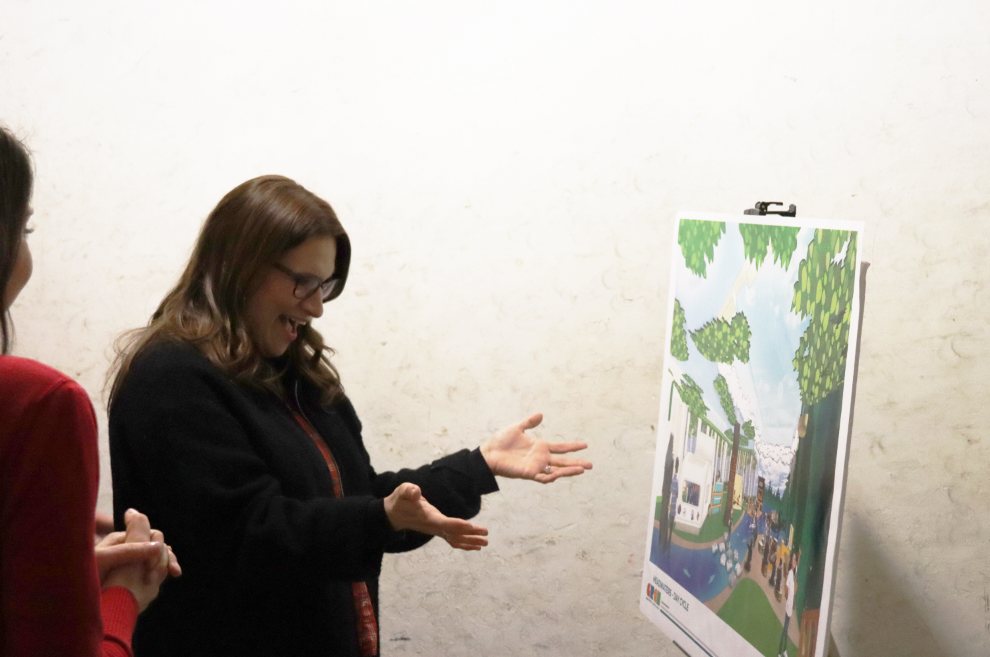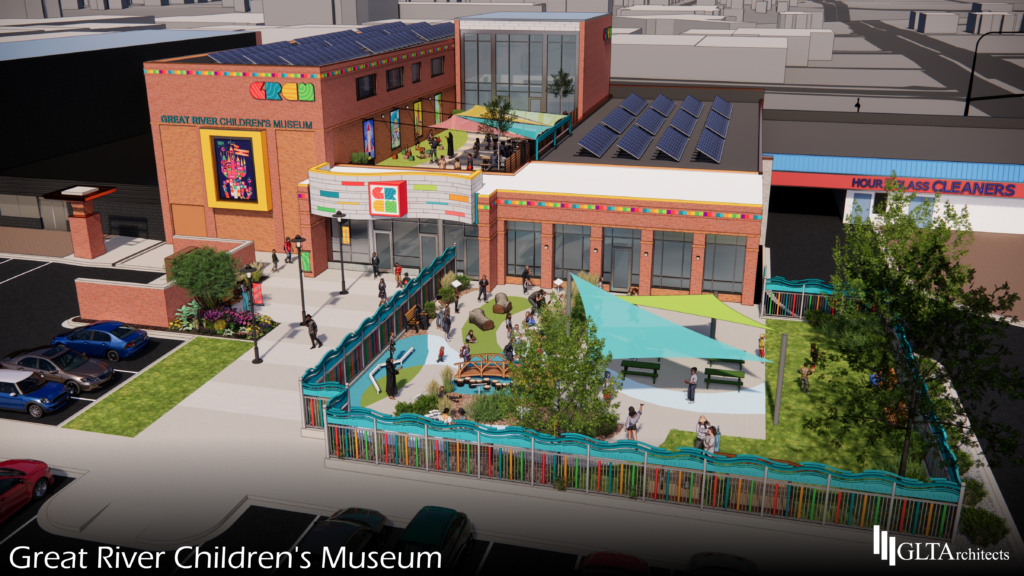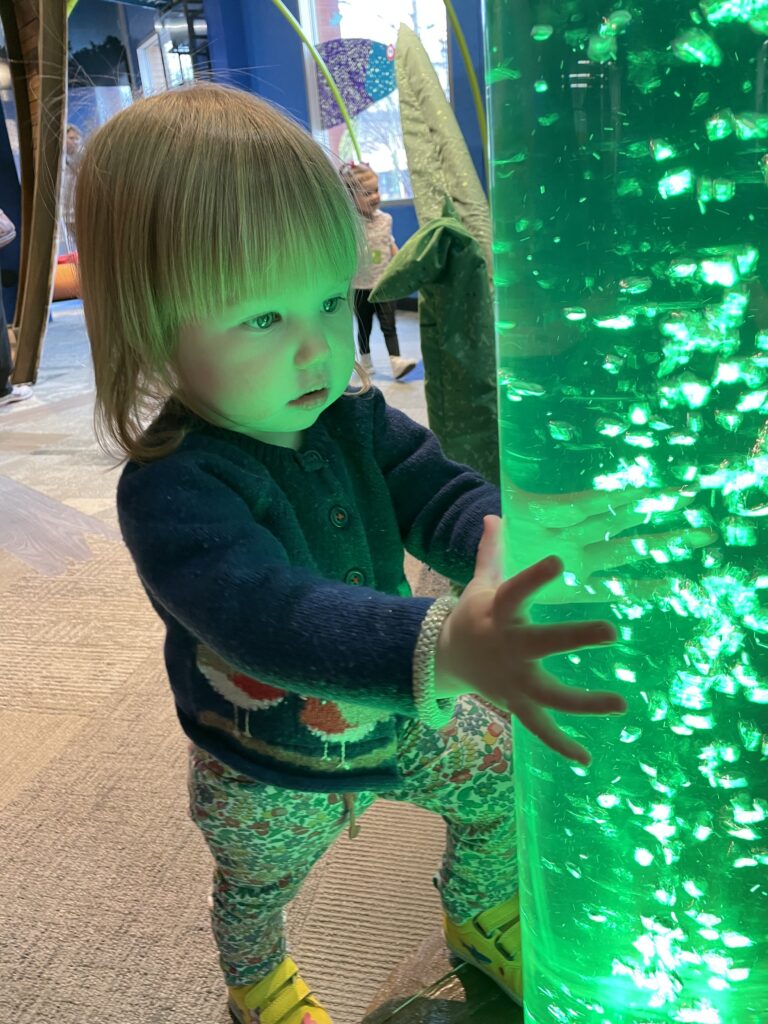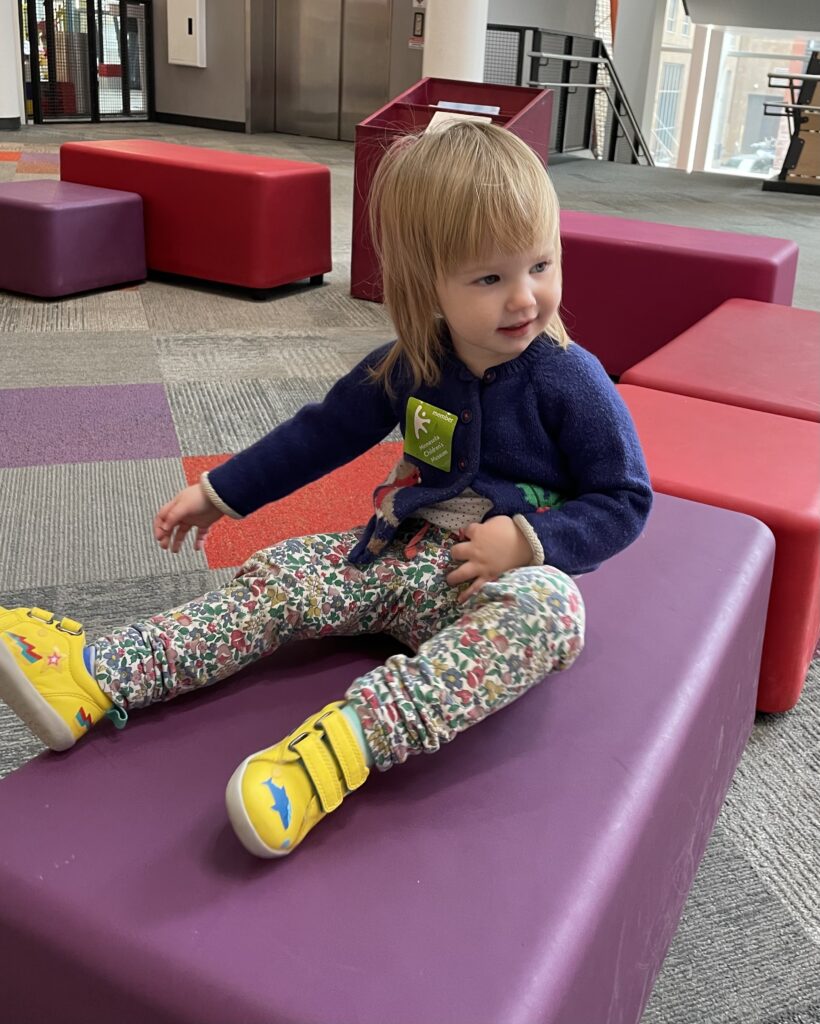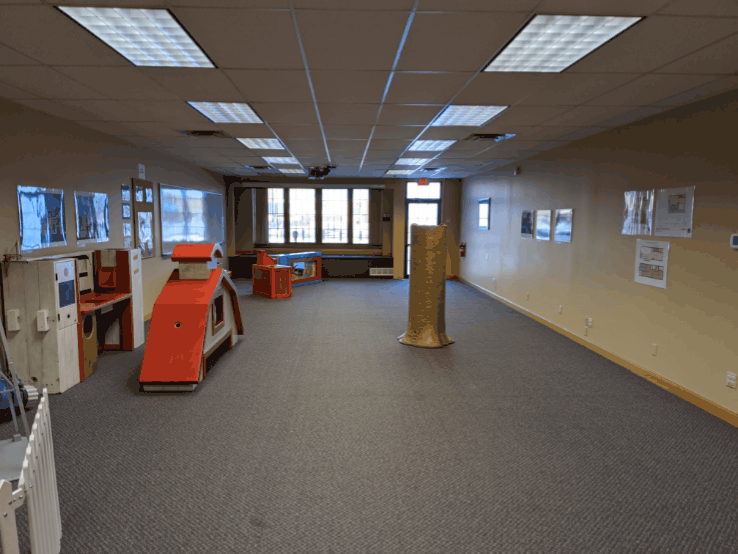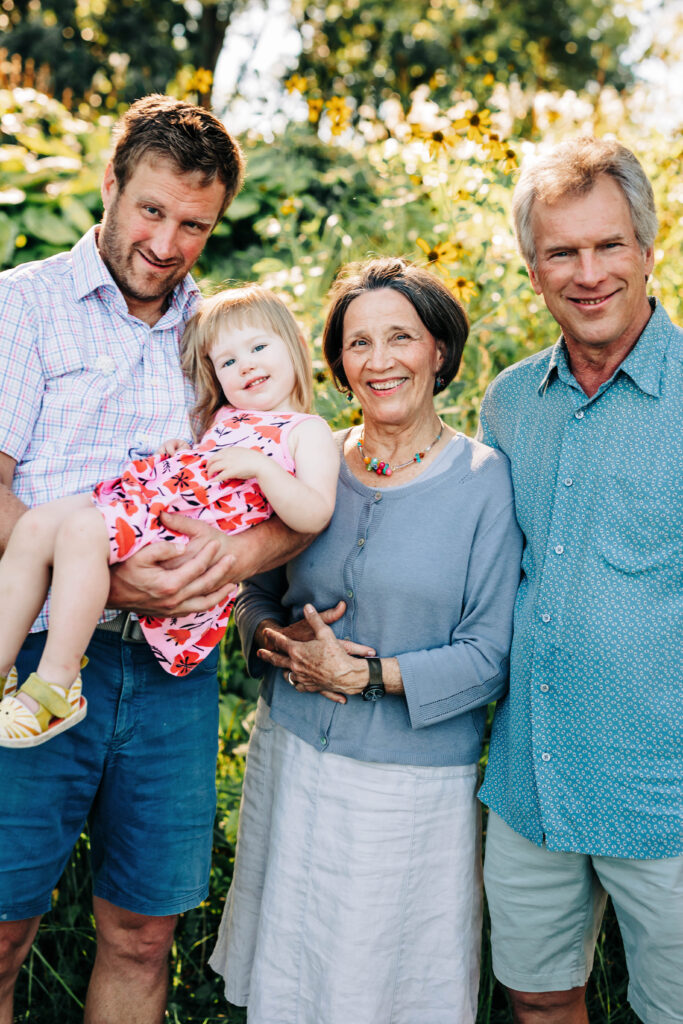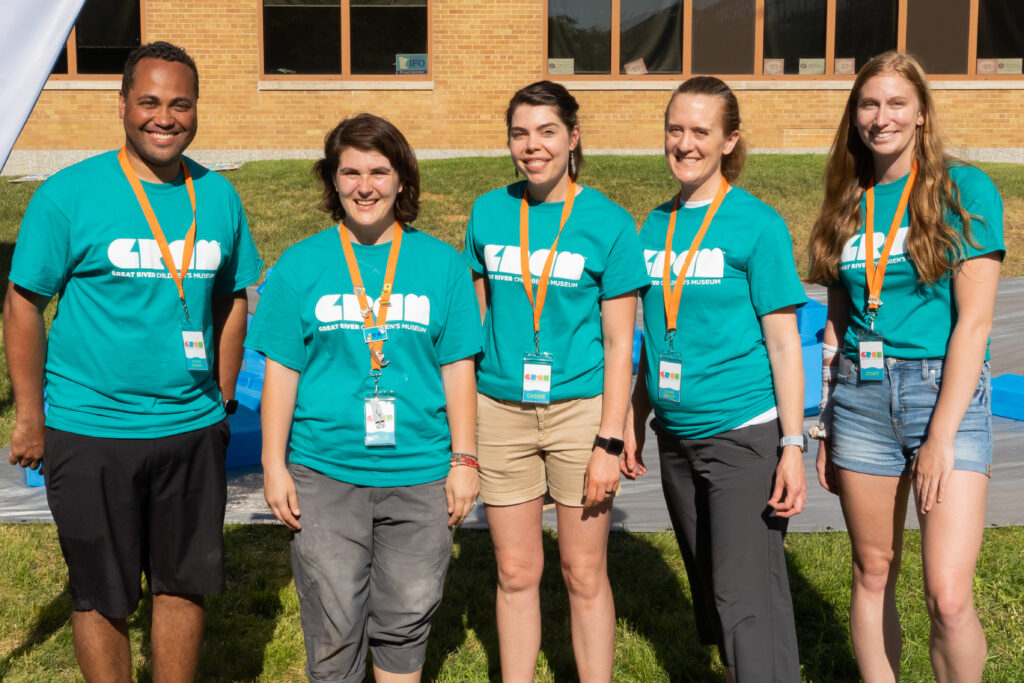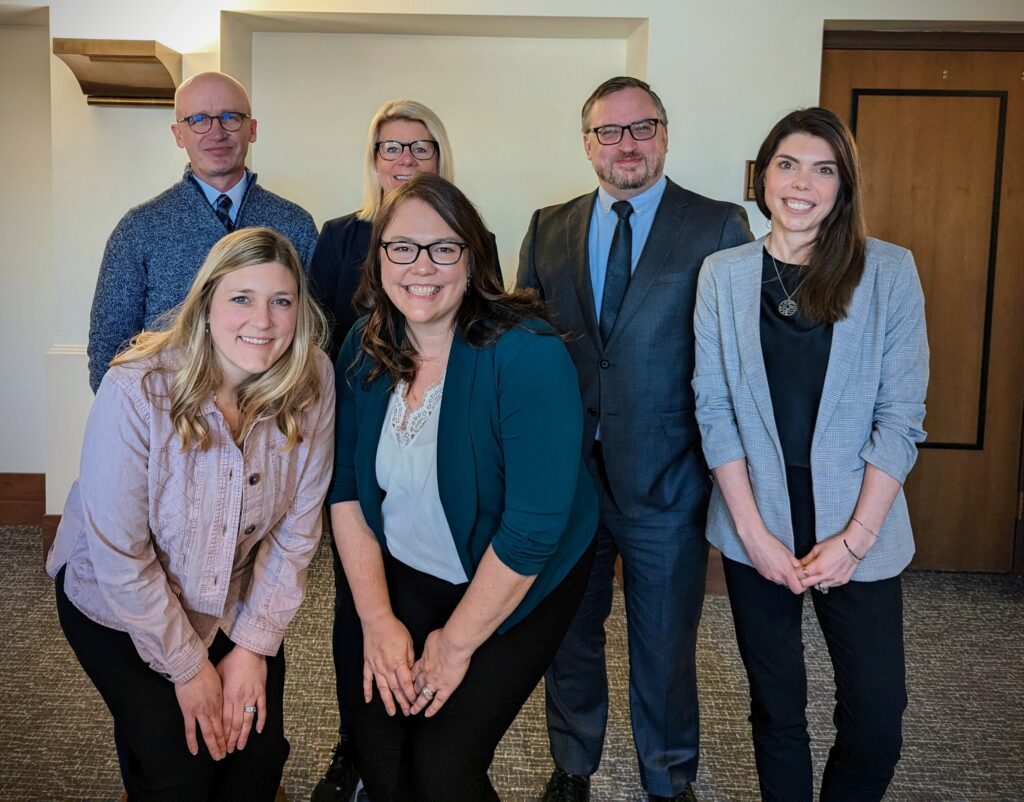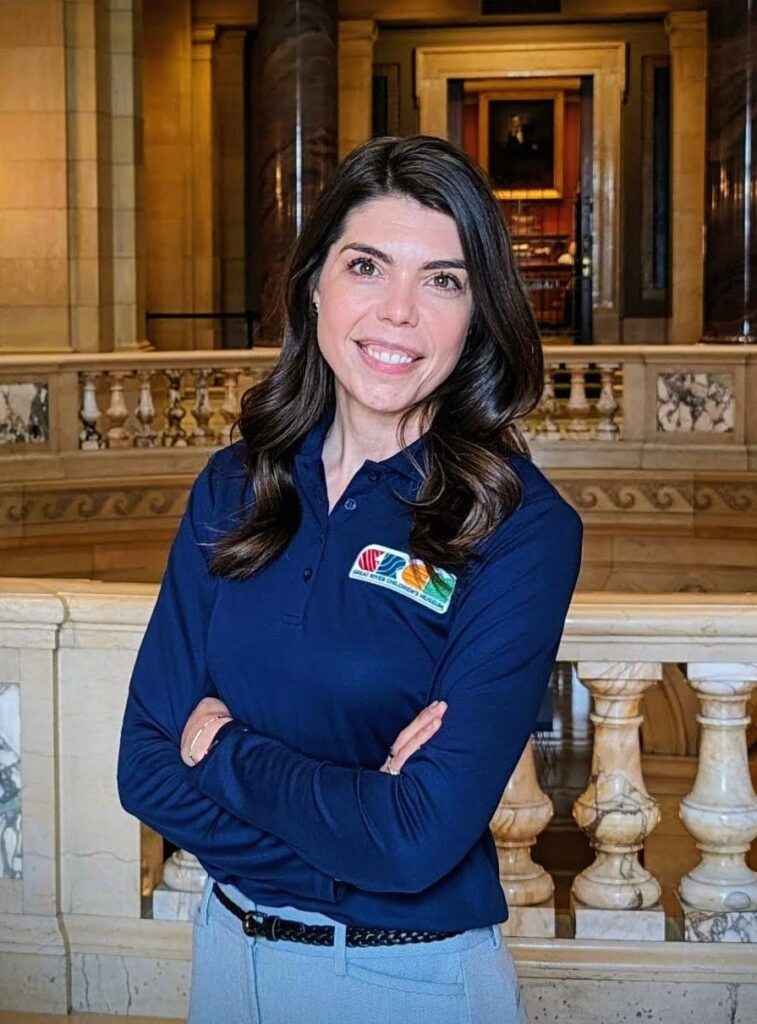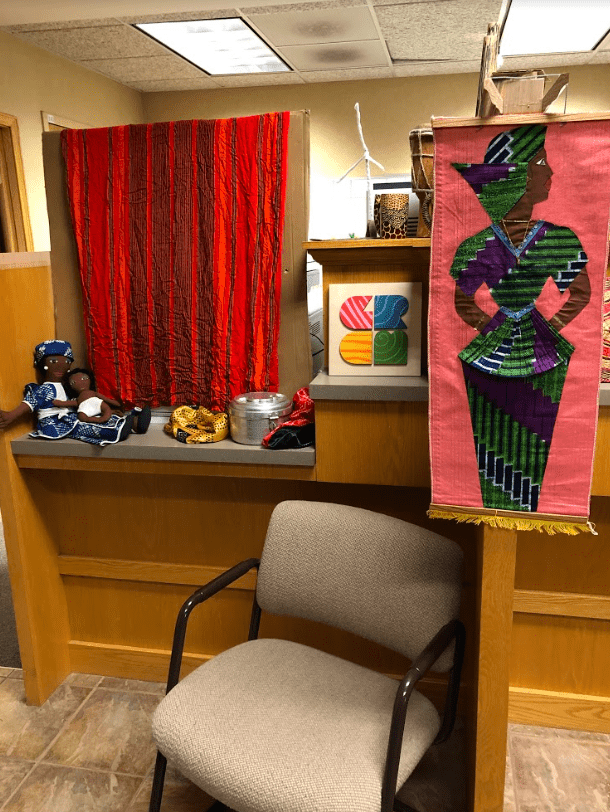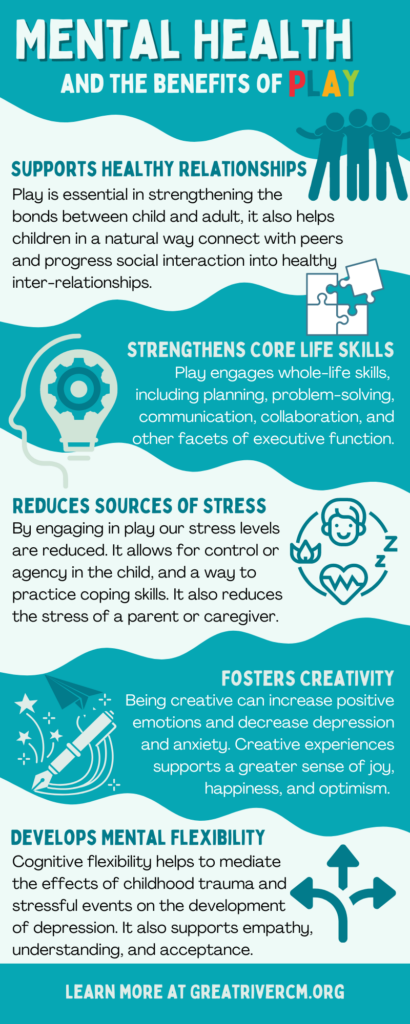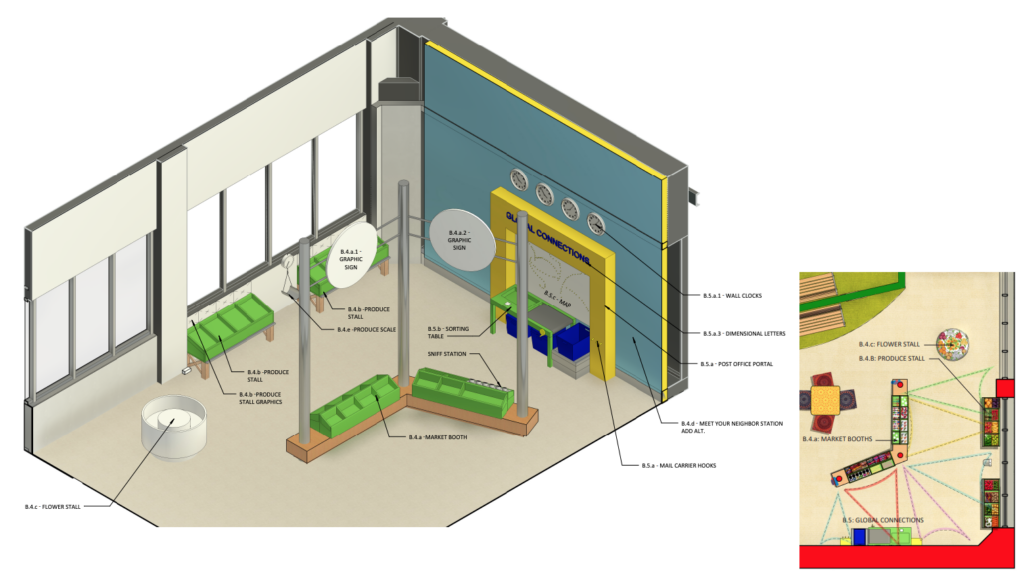“Kasserian Ingera?”
“And how are the children?” is a traditional greeting among the Massai tribe from Africa. Dr. Gloria Ladson-Billings, plenary speaker and recipient of this year’s Great Friend to Kids award, posed this question at this year’s InterActivity conference hosted by the Association of Children’s Museums in Madison, Wisconsin.
This year’s theme was Flourish. How can children’s museums uplift their communities by helping children reach their full potential and help communities flourish?
Throughout the three-day conference, Executive Director Cassie Miles, Program & Outreach Manager Kylie Conover, Communications Specialist Hailey Thielen, and Board and Committee Member Vincent Miles participated in interactive sessions, all focused on the theme of flourishing.
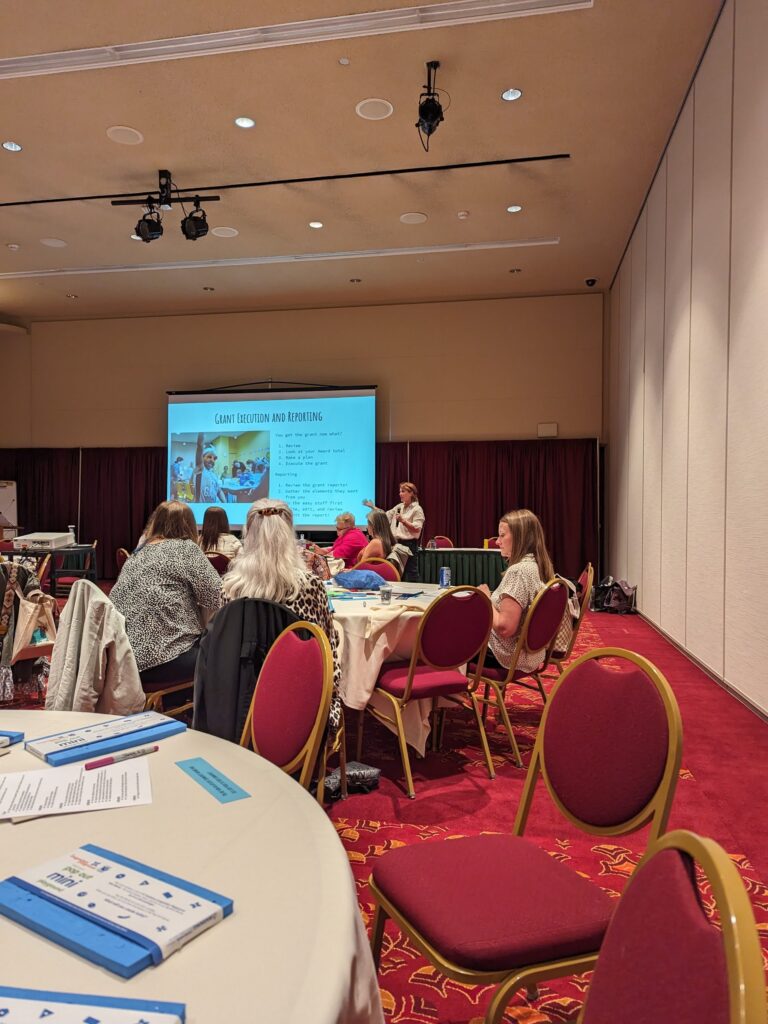
At the Emerging Children’s Museum pre-conference Program & Outreach Manager, Kylie, along with Bethany Ball and Tennille Adams of the Children’s Museum of the Magic Valley in Twin Falls, Idaho, presented The Grant-Writing Game is Afoot.
In this session, they helped emerging children’s museums discover the needs of their community, how they can meet those needs, and how to develop programming through grant writing — all in the style of a Holmes & Watson mystery!
Board and Committee Member Dr. Vincent Miles, PsyD LP led the session, Building Resilience: A Conversation on Executive Burnout. Participants learned how to identify and address burnout, as well as strategies on how to combat burnout, build resilience, and promote healthy organizations.
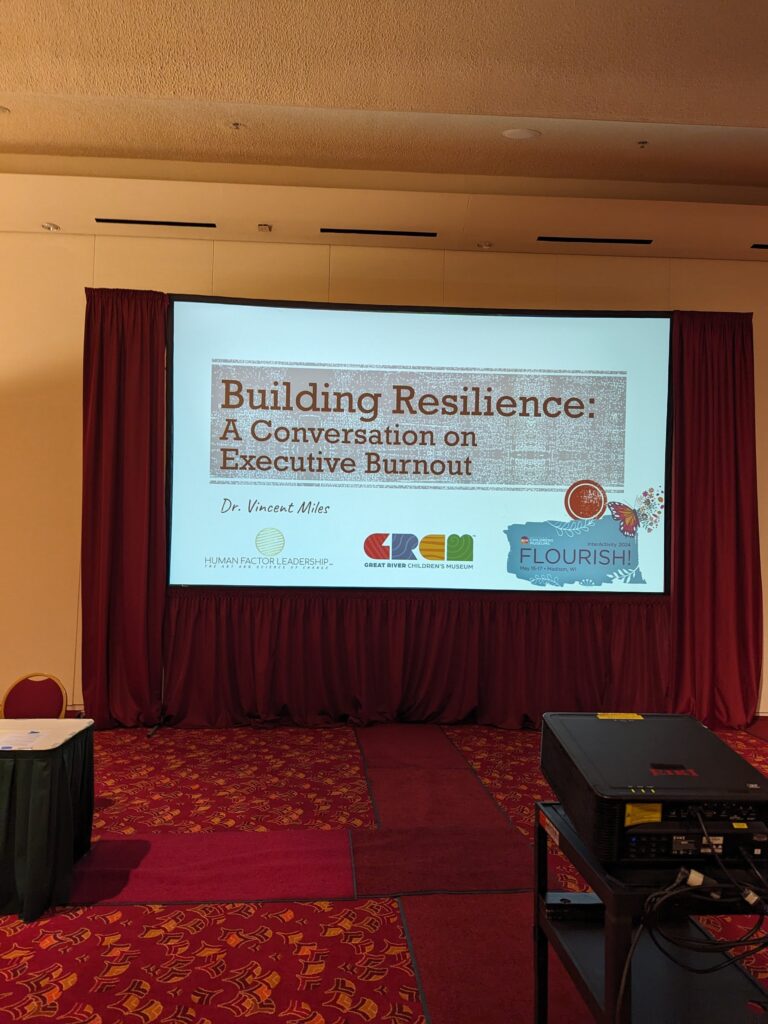
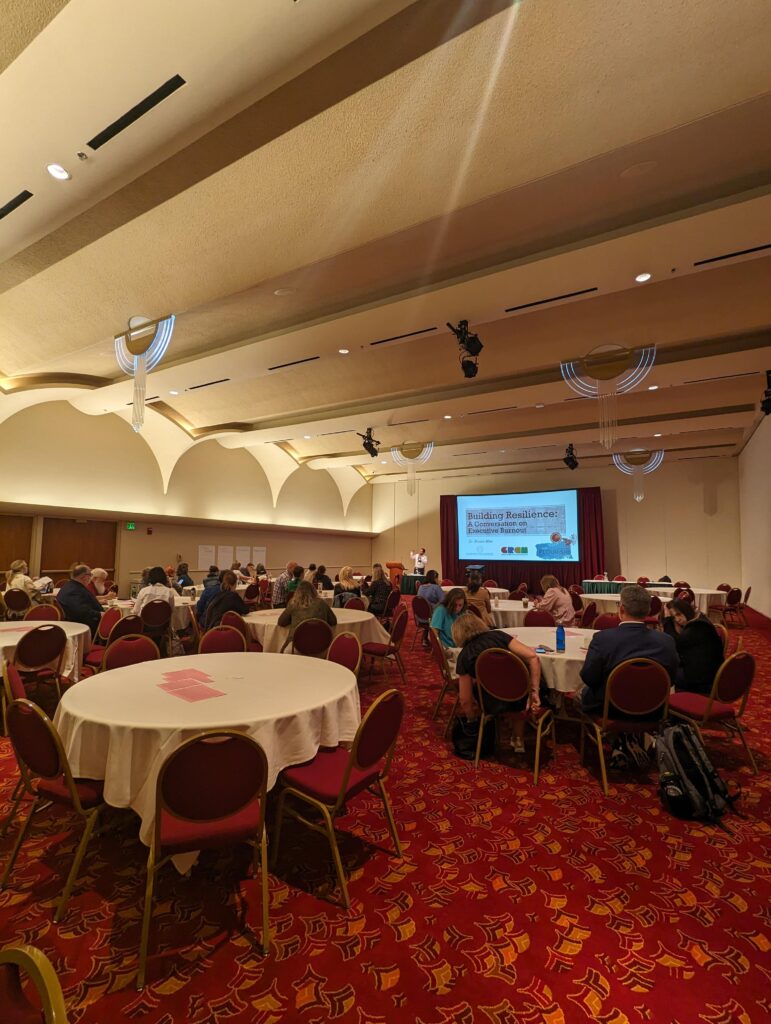
The InterActivity conference also hosts dedicated sessions for Executive Directors. These sessions provide a platform for museum leadership to discuss trends in the industry and opportunities to better serve children and families in an ever evolving world. They also get to the heart of establishing a culture of respect, positivity, and adaptability to promote health and wellness for the people that spend the most time at the children’s museum – staff and volunteers!
At the Madison Children’s Museum, staff explored their innovative natural outdoor playscape. They gained insights into designing play spaces using sustainable and affordable materials and discovering how these natural spaces can offer unique and educational experiences for children.
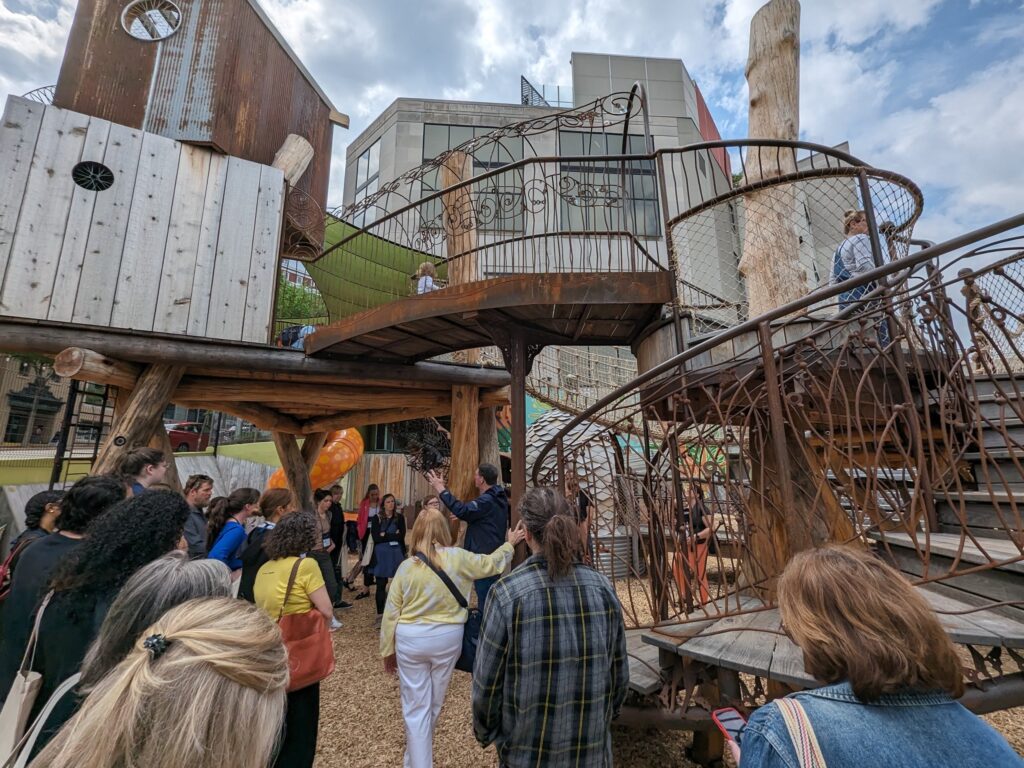
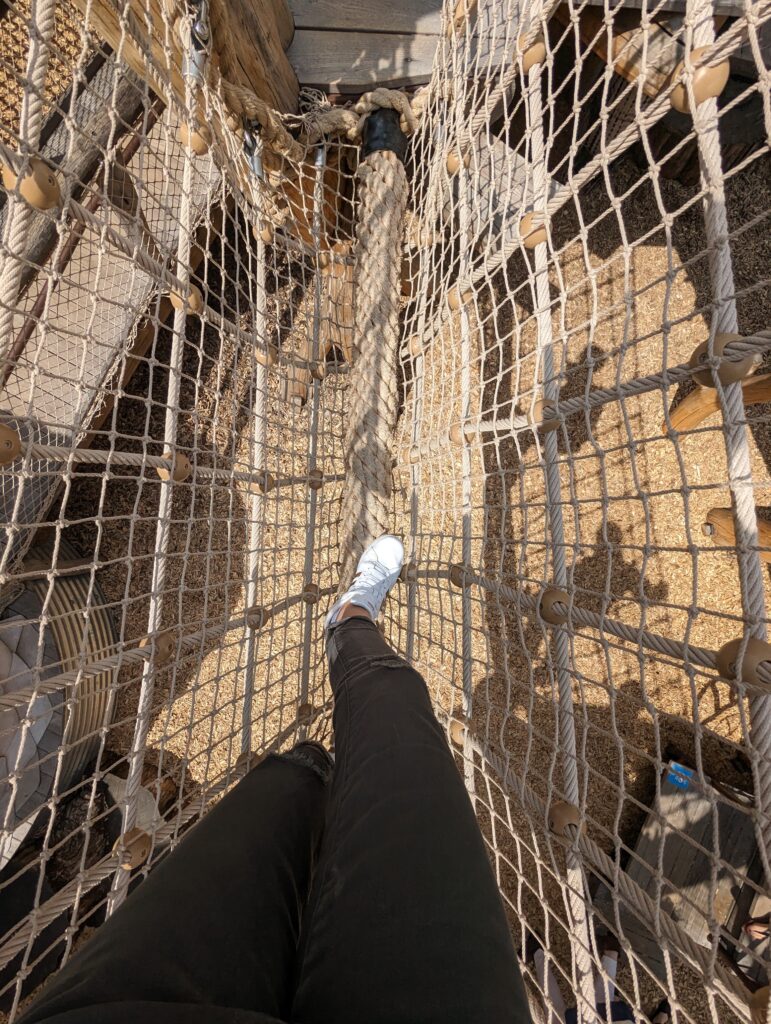
The trip also included a visit to Dr. Evermor’s Sculpture Park, known for its massive sculptures crafted from scrap metal. One of Dr. Evermor’s works is showcased on the rooftop of the Madison Children’s Museum. This rooftop sculpture exemplifies a collaborative effort with local artists, highlighting the power of community and artistic partnership. A partnership that Great River Children’s Museum values deeply and will be demonstrated through commissioned art pieces created by many artists with ties to Central Minnesota.
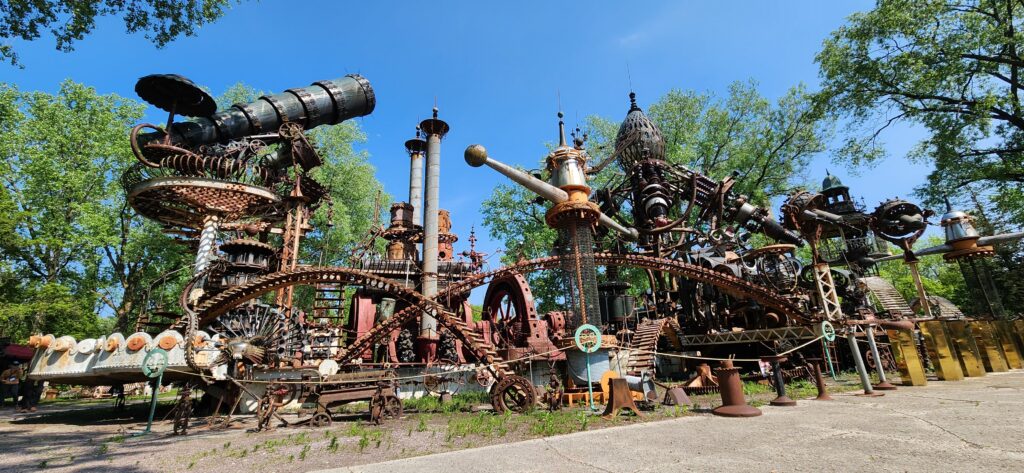
Keynote small talks from artist Lynda Barry, neuroscientist Dr. Richard J. Davidson, and Charles Hua, Senior Advisor at the U.S. Department of Energy and Loan, emphasized the transformative power of creativity, the brain’s capacity for resilience and happiness, and how healthy environments foster well-being. The speakers inspired attendees to think holistically about how they can support and nurture the potential within their own communities, ensuring that every child has the opportunity to truly flourish.
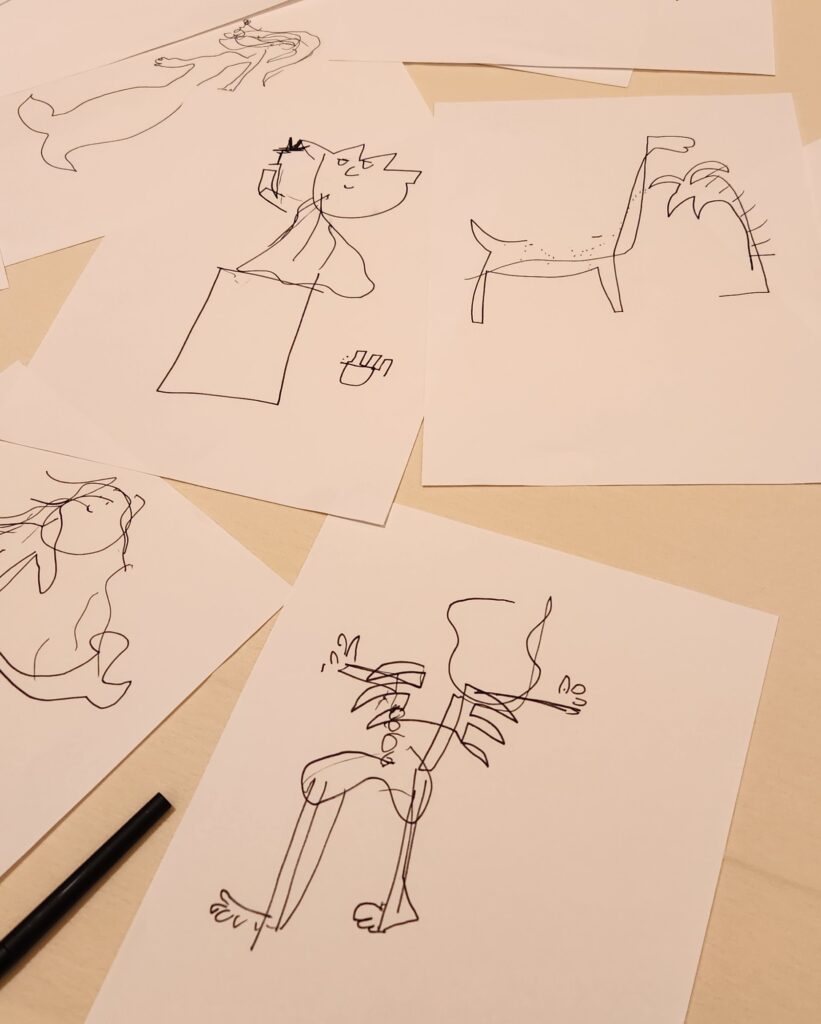
A hands-on workshop led by artist Lynda Barry unleashed hidden creativity. Her techniques, taught to both kids and adults alike, are based on the premise that everyone can draw. She started her brief talk by She started the session having everyone draw with eyes closed. Can you guess what each drawing is supposed to be?
Barry’s workshop was a powerful reminder that creativity resides in everyone and that the act of creating can be a source of profound fulfillment and connection. Creativity is not a talent, but a fundamental aspect of human experience that everyone can tap into!
Of course, InterActivity wouldn’t have been complete without an evening at the Madison Children’s Museum!
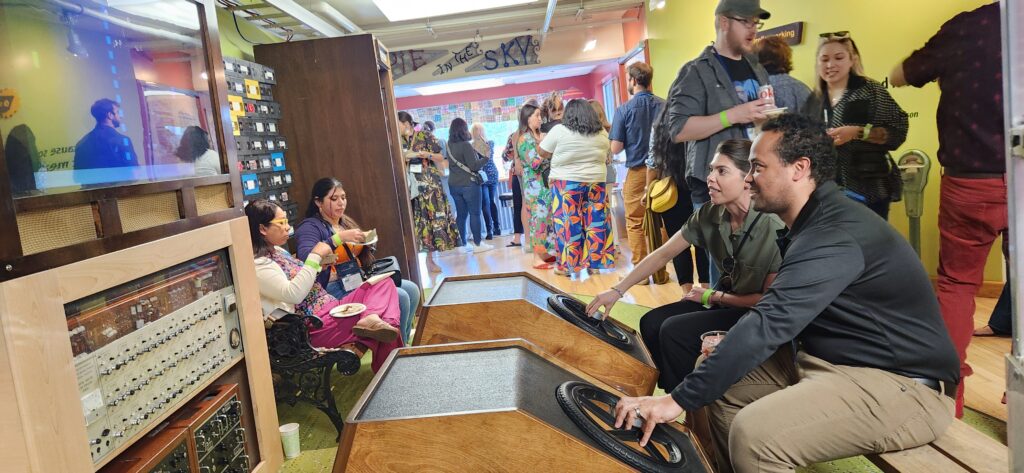
This celebration provided the perfect opportunity for museum professionals to relax, connect, and experience the museum’s exhibits and activities firsthand.
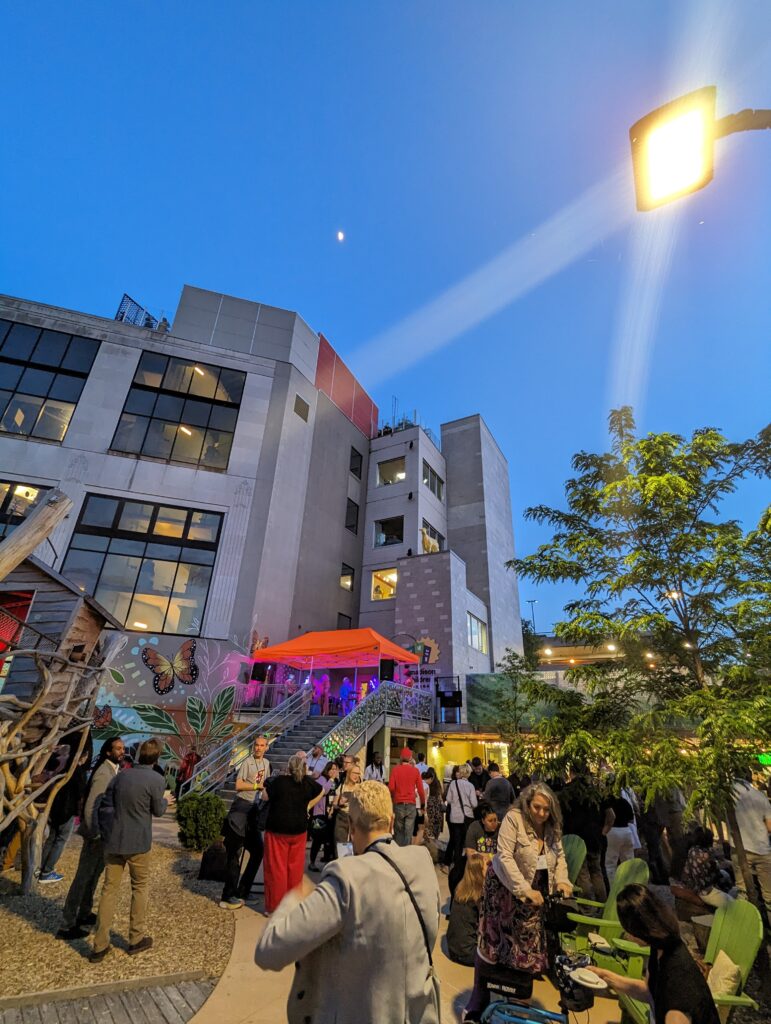
With over 1,000 museum professionals in attendance from all over the world, this year’s InterActivity was the largest yet. With so many in attendance, the event was a vibrant hub of activity, collaboration, and innovation.
The conference closed on an uplifting note, leaving participants inspired and equipped with new ideas and strategies to help their communities flourish so we can say “Sepati Ingera!”
“The Kids are Well!”

